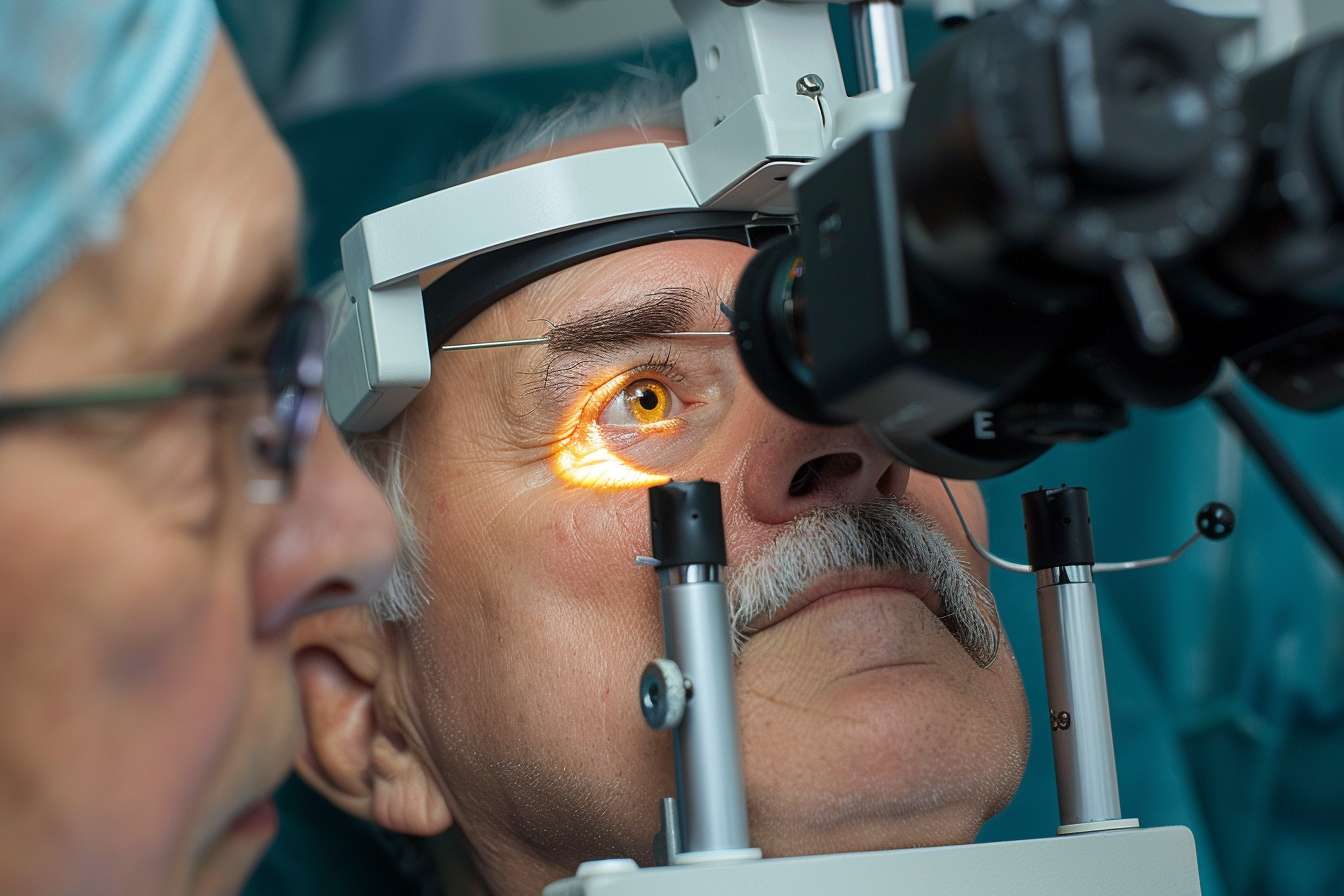Blepharoplasty Surgery: What to Know About Eyelid Procedures
Blepharoplasty, commonly called eyelid surgery, reshapes the upper and/or lower eyelids to improve vision, reduce puffiness, or refresh the face’s appearance. It’s a focused procedure that can address loose skin, fat deposits, and under-eye bags, and it’s performed for both cosmetic and functional reasons. This article explains how blepharoplasty works, what to expect from the procedure and recovery, and how to choose a qualified surgeon. This article is for informational purposes only and should not be considered medical advice. Please consult a qualified healthcare professional for personalized guidance and treatment.

How does blepharoplasty improve the eyes?
Blepharoplasty targets tissue around the eyes—skin, muscle, and fat—to create a smoother, less tired look and, in some cases, broaden the visual field. For many patients, removing excess upper eyelid skin reduces drooping that interferes with vision. Lower eyelid surgery often redistributes or removes fat that causes under-eye bags. The goal can be subtle rejuvenation or a more noticeable aesthetic change; the plan depends on anatomy, ageing patterns, and patient goals discussed with the doctor.
What does the surgery involve?
The surgical steps depend on whether upper, lower, or both eyelids are treated. Upper blepharoplasty typically involves skin excision along the natural crease with careful muscle and fat adjustment. Lower eyelid approaches vary—transconjunctival incisions hide scarring inside the eyelid while external incisions beneath the lash line allow skin tightening. Procedures are often outpatient, using local anesthesia with sedation or general anesthesia depending on complexity and patient factors. A well-qualified surgeon tailors the technique to balance safety, function, and cosmetic outcomes.
How does blepharoplasty affect the face?
Though focused on the eyelids, blepharoplasty can significantly influence facial appearance by restoring youthful proportions and improving the area around the eyes, which is central to facial expression. Reducing heaviness on the upper lids can make the eyes appear larger and more alert, while smoothing under-eye bags softens shadows and reduces a fatigued look. Surgeons often assess the midface, brow position, and skin quality, since blepharoplasty may be combined with brow lifts or skin resurfacing for a harmonious result that complements the entire face.
How to choose the right doctor?
Selecting a surgeon begins with board certification in ophthalmology or plastic surgery and specific fellowship or training in oculoplastic or facial plastic procedures. Look for a doctor experienced in eyelid anatomy who can discuss risks, expected outcomes, and alternatives. Review before-and-after photos of patients with similar concerns, and ask about complication rates, anesthesia plans, and follow-up care. A thorough in-person consultation should assess medical history, any medications, and whether you have conditions (dry eye, thyroid eye disease) that affect candidacy.
Is blepharoplasty done in a hospital or clinic?
Blepharoplasty is commonly performed in accredited ambulatory surgical centers or in hospitals when combined with other procedures or when patient health warrants inpatient resources. Accredited facilities adhere to safety and sterility standards and provide trained staff for anesthesia and recovery. For straightforward outpatient cases, many doctors use well-equipped clinics or ambulatory centers. Discuss the chosen facility with your doctor to ensure it meets accreditation standards and has emergency protocols and post-operative care plans.
What is the recovery like after surgery?
Initial healing typically includes swelling, bruising, mild discomfort, and temporary changes in vision such as tearing or blurred eyesight from ointments. Cold compresses, head elevation, and prescribed medications help manage symptoms. Sutures are often removed within a week, and most people return to non-strenuous activities after 7–14 days, though complete softening of scars and resolution of swelling can take several weeks to months. Adhering to the doctor’s post-operative instructions—about sun protection, eye lubrication, and activity limits—minimizes complications and supports optimal healing.
Conclusion
Blepharoplasty surgery can improve both the function and appearance of the eyelids when performed by an experienced, well-qualified surgeon in an accredited facility. Understanding the procedure, realistic outcomes, recovery expectations, and the importance of selecting a knowledgeable doctor and appropriate setting will help you make informed decisions about care. This procedure is individualized, so a personalized consultation with a qualified healthcare professional is essential.






